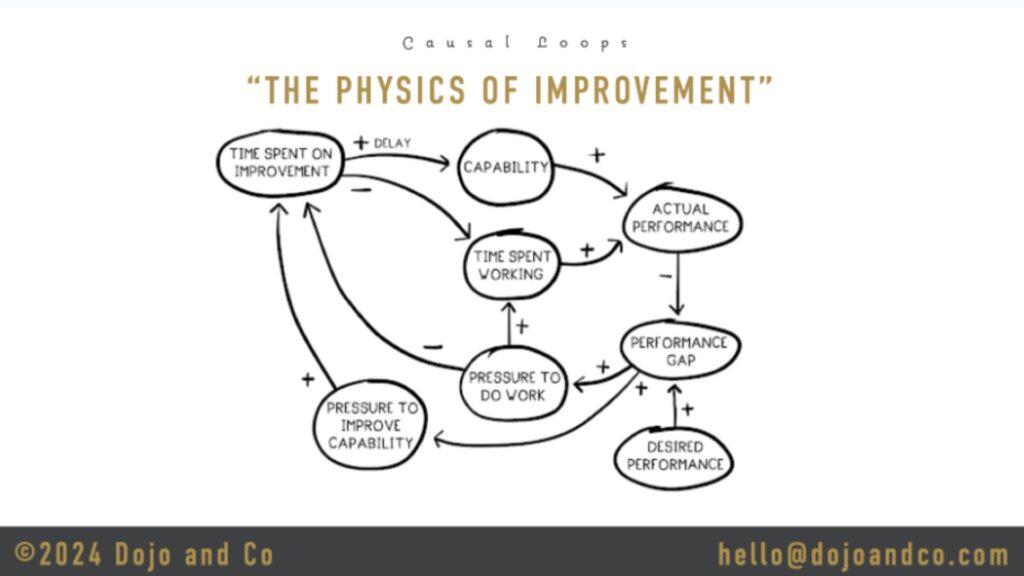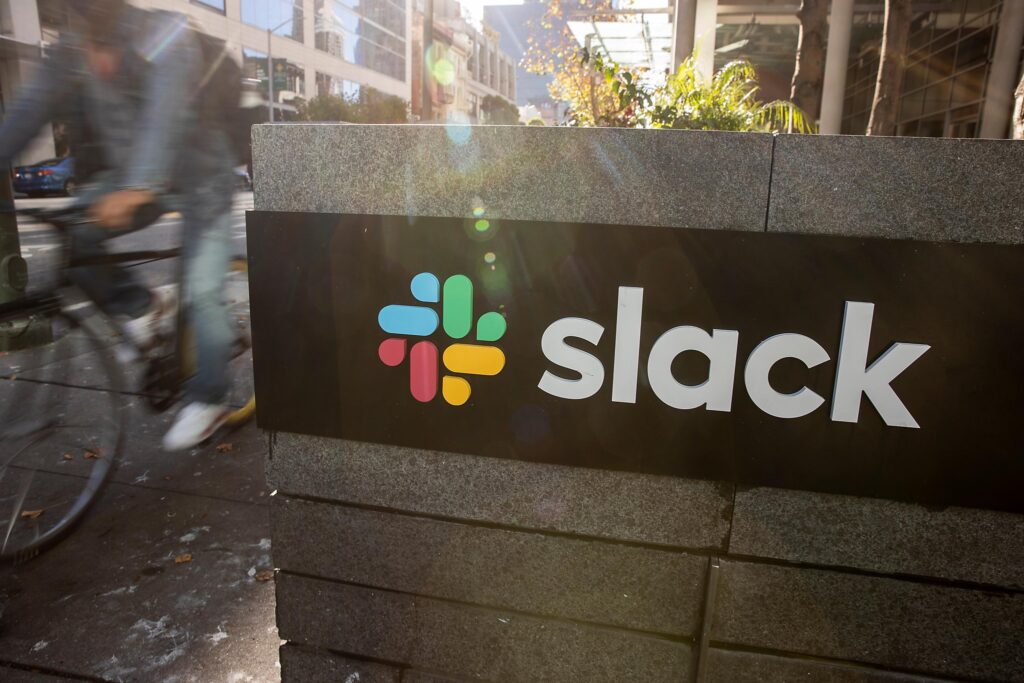In today’s digital world, access to business data drives success — but how can you gain this access?
A key performance indicator (or KPI for short) is a quantifiable metric used to measure and evaluate the performance of a business team. KPIs can also be used to track the success of technical programs for onboarding, training, and upskilling employees.
Employing KPIs not just to monitor employee performance, but to evaluate the effectiveness of your technical programs is crucial for any business seeking to achieve specific goals through its programs.
With the right approach to tracking your technical programs via KPIs, you can create a workplace learning environment that fosters a fully enabled and highly competent team.
What it means to measure metrics: defining program management KPIs
Program management KPIs are specific types of KPIs used for tracking the success of an organizational program, such as onboarding or technical training.
Employing program management KPIs has both professional and educational benefits.
To give an example of KPIs in a professional setting, an engineering firm may use KPIs to track the productivity and engagement of its engineering teams as part of an overall project management strategy. Meanwhile, another engineering firm may use KPIs to track the success of onboarding and technical programs for new hires and employees in training, showcasing the educational use of KPIs.
Today’s organizations take many approaches to leverage KPIs for their business needs.
However, you can generally apply the SMART principles used for setting organizational goals to determine which KPIs are best for your purposes and how to use them effectively:
- Specific: KPIs should be clear and well-defined. There should be clarity about what metric you are tracking and what information you hope to discover.
- Measurable: Metrics need to be measurable to be insightful. A measurable KPI should have a quantifiable element, such as the number of employees that have completed technical programs your organization has offered.
- Achievable: A KPI should always be centered around an attainable goal. Always aim to set achievable and relevant KPIs for the technical program you are measuring.
- Realistic: KPIs can help you measure your organizational goals’ success and identify where you need to set more realistic timeframes. In the case of technical programs, this can often come in the form of being realistic about how much time it takes employees to learn new skills.
- Timely: Timeliness is about accomplishing a specific goal by a deadline. Your program management KPIs should track metrics such as how long it takes employees to complete self-paced courses or how long it takes for an employee to reach a competent skill level.
8 program management KPIs for tracking your technical programs
Choosing the best program management KPIs for your technical programs comes down to your organizational objectives and what you hope your employees stand to gain.
The best KPIs for any type of technical program management are those that help you quantify your programs’ effectiveness in terms of your team’s productivity and satisfaction. By tracking these metrics, you can determine where your programs are succeeding and where they may be failing.
Below, we have highlighted eight key program management KPIs that you should be leveraging:
1. Enrollment rate
The enrollment rate is the number of employees enrolled in a technical program. This number is compared against the number of total potential program participants — aka, the total number of employees that could have signed up for a technical program offered by your organization.
This metric works best when a technical program is optional for employees, as it helps you understand what percentage of your team is interested in continued learning opportunities.
However, you can also incorporate enrollment into mandatory technical programs as well. By asking employees to enroll before the program begins, you can use the metric to measure the level of enthusiasm and engagement your team is showing for a particular program.
In turn, you can use this information to uncover what topics and educational information your team is truly after, allowing you to build better technical programs in the future.
2. Completion rate
The completion rate is the number of employees who complete a technical program.
Tracking your completion rates is vital, as it can inform you of two details in particular — the difficulty of your technical programs compared to your employees’ current skill levels and the ability of a specialized program to hook your employees’ attention and keep them engaged until the end.
3. Attendance rate
Attendance rate refers to the number of enrolled employees who attend the courses and learning sessions offered through a technical program at your organization.
The attendance rate of a technical program can vary depending on how it can be accessed.
For example, you could create a technical program with live learning sessions that are recorded and added to a shared knowledge base. Then, when measuring your attendance rate, comparing the attendance to a live learning session to how many employees are accessing the session recordings can help you discover if your team prefers guided or self-paced learning more.
4. Drop-Out rate
The drop-out rate is the number of employees who began a technical program but dropped out before completing the program. Drop-out rates and completion rates often go hand-in-hand, as they measure metrics that are two sides of the same coin.
When measuring your drop-out rate, always try to identify when and why an employee dropped out.
Was the program too time-consuming? Did the employee find the material either too tricky or not challenging enough? Were there pain points in the learning process that turned them away?
These are all important questions to answer — and tracking your drop-out rate is the first step to obtaining those answers.
5. Return-on-investment
Return-on-Investment (ROI) calculates the financial return generated from a technical program.
This metric can be crucial to track when working with third-party service providers, such as employee learning platforms or learning management systems. Calculating your financial return should consider several key factors, such as the cost of training and participant outcomes.
For instance, let’s say an organization is trying out a new platform provider that offers technical program tools and resources. This organization could track participants’ performance on this new platform compared to their performance in earlier programs or training sessions to determine how the two compare and which is the more profitable option.
6. Time-to-competency
Time-to-Competency measures how long it takes employees participating in technical programs to reach a set level of technical competency. Again, thinking back to the SMART principles we discussed earlier, this is where setting clear and realistic goals begins to come into play.
To track this metric, set specific objectives which must be completed for an employee to be considered technically competent and then measure how long it takes for employees to accomplish these goals. From here, you can take an average of the time-to-competency rates of participants in a specific technical program.
This average rate can be compared against other metrics for a specific technical program, such as the drop-out rate, to further uncover what hurdles in the program currently prevent employees from achieving competency faster.
7. Employee engagement
Employee engagement refers to the level of active engagement and participation your employees display for a specific technical program. This KPI is often used on a more micro-scale to assess the success of certain technical program elements, such as live learning sessions or self-paced guides.
For example, you could track employee engagement for a live learning session in three ways — how many employees attended the session, how many employees participated during the session, and how many employees continued to interact with the instructor post-session.
These details can reveal how your employees feel about your technical programs and which programs and/or instructors are most successful at driving engagement.
8. Employee satisfaction & feedback
Employee satisfaction is a type of feedback KPI that measures employee satisfaction with the technical program they participated in.
Tracking employee satisfaction is often accomplished by having program participants rate the program on a scale of 1 to 5, or in some cases, 1 to 10, with higher numbers indicating higher satisfaction levels.
This metric can also be used to track business leaders’ satisfaction. For example, this KPI could be used to evaluate how many team leaders believe their teams to be more competent and productive after completing a technical program.
As for tracking employee feedback beyond ratings, you can offer surveys or write-your-own-response options alongside your request for a satisfaction rating. This can further highlight how many employees are willing to engage with program-related tasks, such as writing feedback reports after finishing a technical program.
For more on measuring your programs, check out our previous post: How to measure the effectiveness of training engineering teams.
Gain valuable insights from program management KPIs with PlusPlus
Not sure how to effectively manage and track your chosen KPIs?
The PlusPlus team enablement platform is here to help.
Our platform offers powerful capabilities for tracking KPIs, evaluating the data you collect, and transforming it into meaningful reports and visuals. Plus, we help you automate your employee feedback processes to ensure you have access to the feedback you need.
With PlusPlus, the data you gather is data you can build on to improve and optimize your technical programs in the future.
Discover the power of metrics today with a PlusPlus demo.







